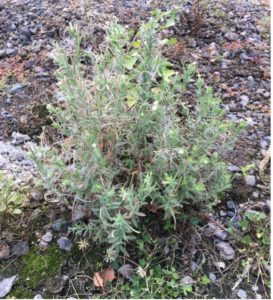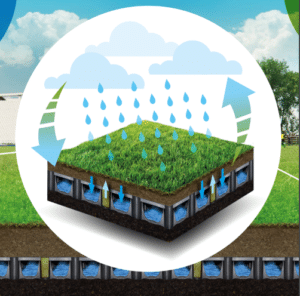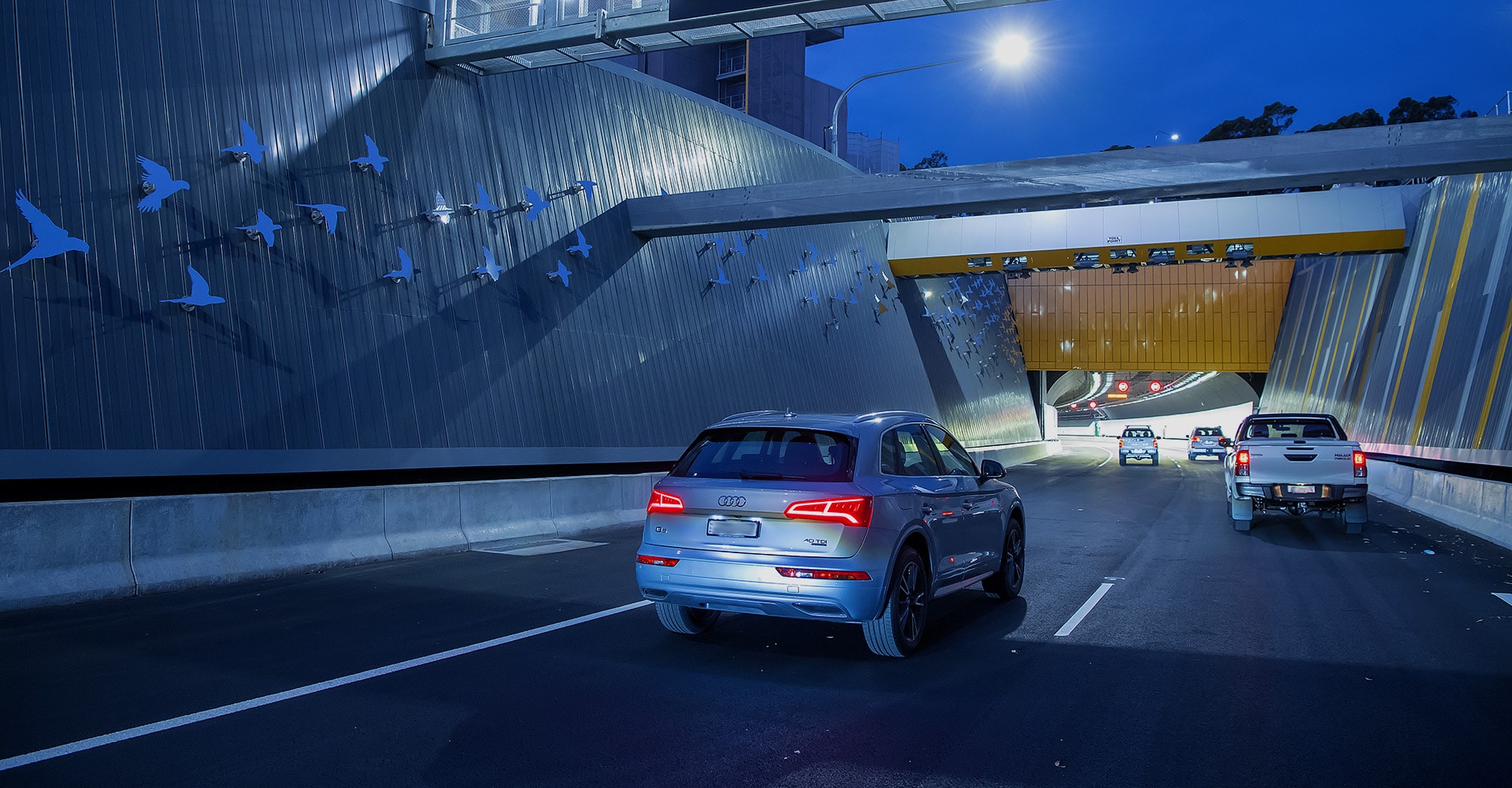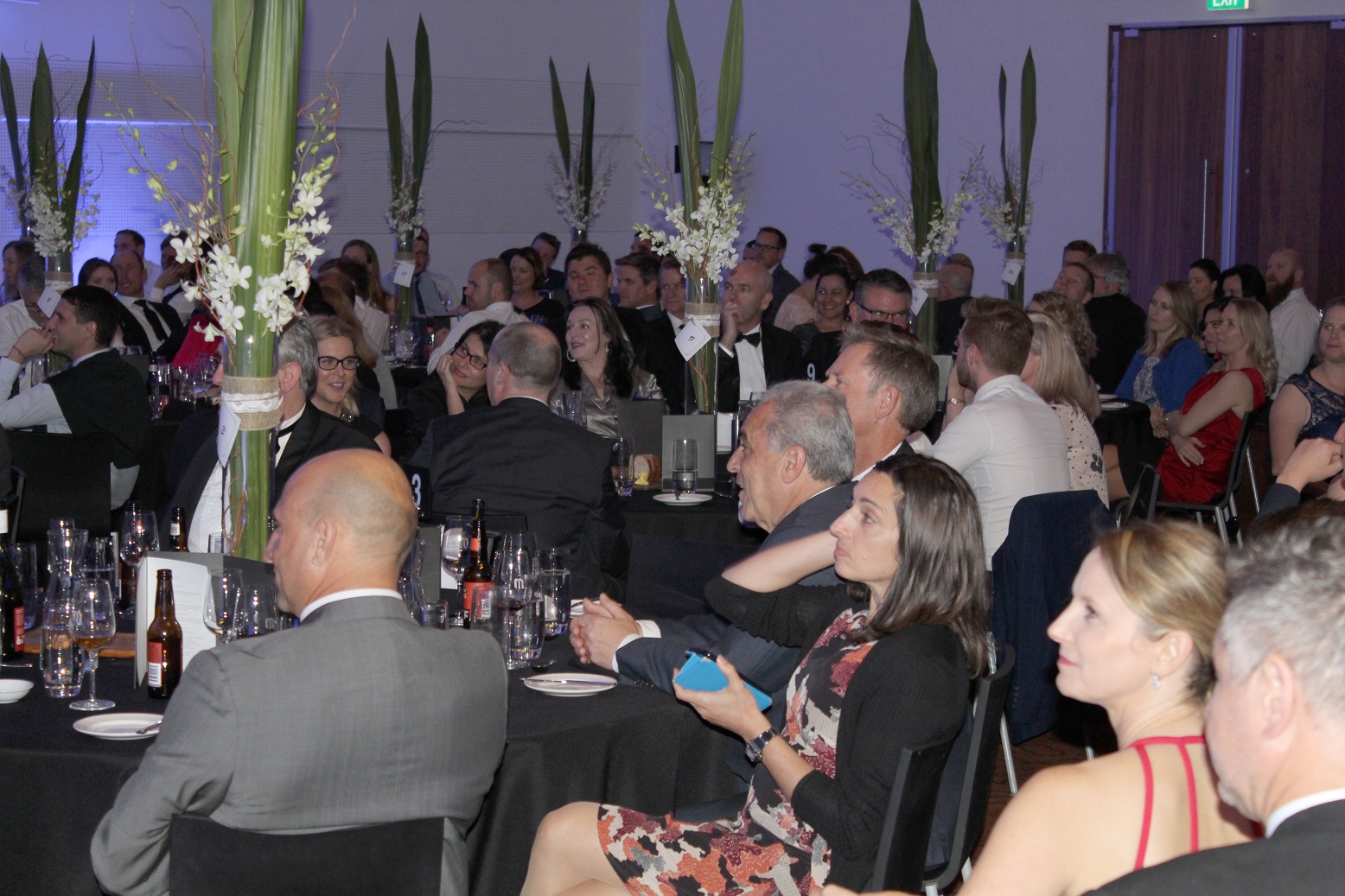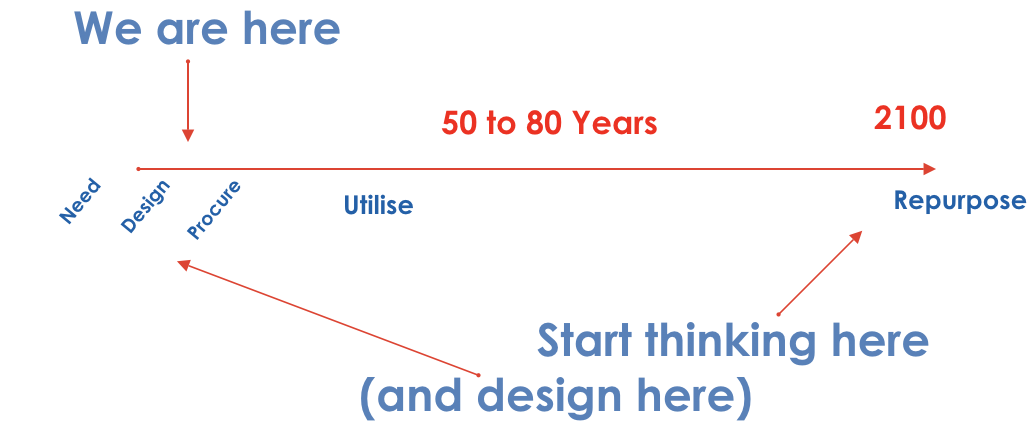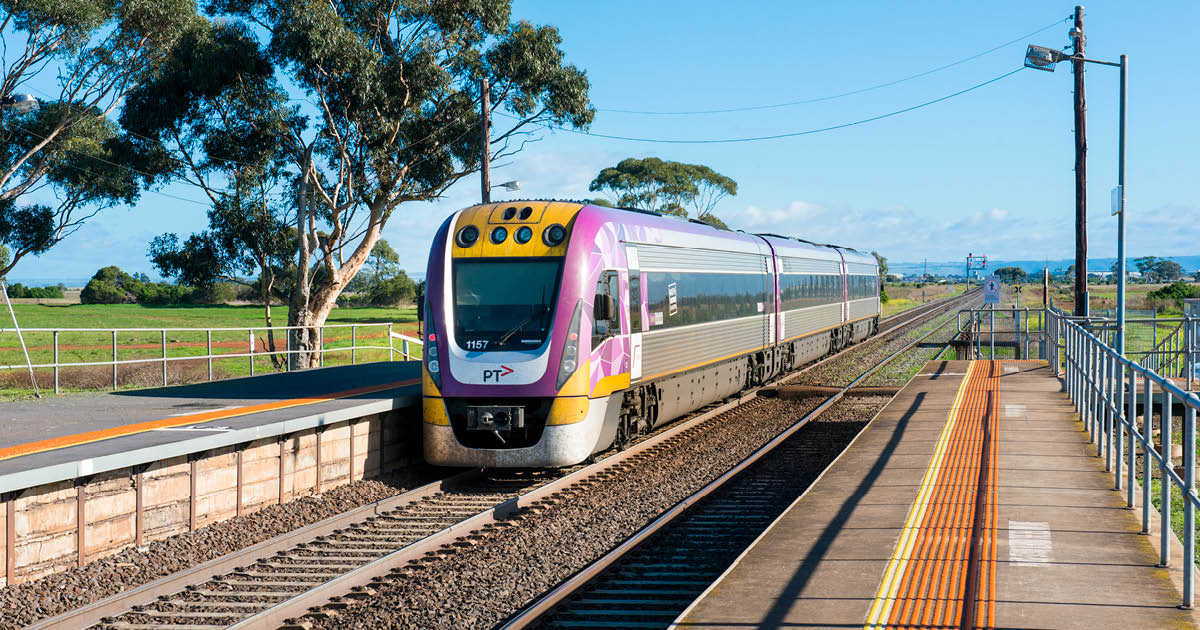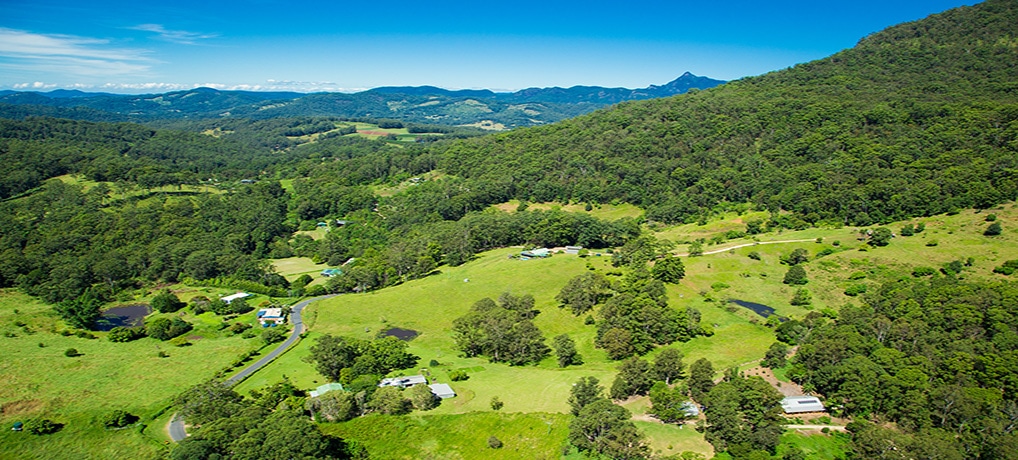STAKEHOLDER KNOWLEDGE SHARE AND LESSON LEARNT
BACKGROUND
The Ballarat Line Upgrade (BLU) is being delivered by Rail Projects Victoria (RPV), on behalf of the Victorian Government. The project is part of the $1.75 billion Regional Rail Revival with works extending across approximately 100km of rail line. The project is ISCA rated using the Version 1.2 rating tool.
The Ballarat Line Upgrade (BLU) decided to trial the Infrastructure Sustainability (IS) Version 2.0 Stakeholder credits (Sta-1 and Sta-2) whilst delivering the IS Design and As Built rating. The trial is classified as an innovation challenge as per the ISCA Innovation Challenge Appendix (Rev 4.4). The BLU Project considered the Ballarat Rail corridor as an ideal stakeholder environment to trial the stakeholder innovation challenge. The corridor has a stakeholder profile that ranges from culturally heritage and historic townships, farming communities, environmental landcare groups and forward-thinking councils to name a few.
ADVICE FOR SUCCESS
The following advice is primarily focussed on the Stakeholder Version 2.0 design rating.
Advice in general – The design rating is key for setting up the project for a successful stakeholder engagement pathway. The stakeholder engagement strategy development is vital in underpinning that success. The project used a register to track how each credit and must statement could be met. This allowed for actions, responsibility and timing.
Lesson learnt – Most Infrastructure construction projects use management plans to meet stakeholder engagement requirements. After consultation with ISCA’s case managers, the BLU Project found that implementation of a Community and Stakeholder Engagement Management Plan (CSEMP) was enough to be used as a strategy. The Plan still addressed the requirements of the credit, however it was used as a joint strategy and management plan in one.
Sta-1, DL1.1 – There are many ‘musts’ that must be populated throughout the stakeholder engagement strategy.
Advice – Using the must statements as headings within the stakeholder engagement strategy or titles of tracking registers is an efficient and effective way to show the must statements are being met. For example, having a section title of: ‘Recording mechanisms’ within the strategy that refers to registers or recording programs is an easy way to prove compliance with that must statement. The recording mechanism must capture engagement activities, meetings with stakeholders and feedback from stakeholders. This also meets another must statement within Sta-2, DL2.3. This must statement mandates that for the lessons learnt process, records of engagement activities must be collated. By having sound recording mechanisms of all engagement activities undertaken, this task has already been done for the lessons learnt exercise.
Lesson Learnt – The project included better links to recording mechanisms within a future Version of the CSEMP. As stated above, establish this early in stakeholder strategy/plans from the planning phase.
Sta-1, DL1.1 – Negotiables and non-negotiables
Advice – Listing negotiables and non-negotiables (with justifications) in the stakeholder engagement strategy is paramount. Often there is a process on how negotiables and non-negotiables are determined, however the strategy should provide justification.
Lesson learnt – The project listed our negotiables and non-negotiables in sub-engagement plans, but not within the main body of the stakeholder engagement strategy. This was amended within future revisions of the strategy.
Sta-1, DL1.3 – Strategy is informed by the local context and a social risk assessment
Advice – Incorporating the social risk assessment into the environment and sustainability programmed risk assessments is an efficient way to capture social risk assessments, as these often cross-pollinate with environmental or sustainability control measures.
Sta 1, DL1.3, DL2.1 and Sta-2, DL1.3 – Strategy is informed by the local context and a social risk assessment; Strategy includes targeted activities for different stakeholders and; Priority negotiables are identified by stakeholders.
Advice – The project used early stakeholder engagement summaries to understand the local context and stakeholder characteristics (Sta-1, DL1.3). This information gave us the knowledge to create specific sub-engagement plans (which were referenced in the stakeholder engagement strategy) to engage specific stakeholder groups (a requirement of Sta-1, DL2.1). The purpose of the plan was to detail the program of communications and engagement that would be undertaken to inform stakeholders about: final design; opportunities for comment; how their feedback has been used and; further consultation opportunities. The sub-engagement plans can be further utilised for Sta-2, DL1.3 whereby negotiable issues can be reviewed by stakeholders to understand if priorities have changed. The sub-engagement plans establish the stakeholder engagement program to ensure this review happens throughout design.
Sta-2, DL2.2 – Implementation progress is reviewed and used to update the strategy
Advice – Set up clear measurable objectives in the CSEMP and report on them via monthly reporting to the senior leadership team and client.
Sta-1, ABL2.1 – Strategy is integrated through the project life cycle.
Advice – The project are using the Operations and Maintenance Manuals to provide stakeholder engagement knowledge, activities and historical items through to the operator.
To learn more, visit the Regional Rail Revival Ballarat website.



